In regards to David Reiff’s quote about Ron Haviv’s photographs, thus far I’ve found that statement to be relatively true. In researching different ways Haviv’s images from Blood and Honey have been written about and interpreted, I’ve come across mostly the same opinions and uses of the photographs. I have not found the photographs to be taken out of context, and most of the responses I’ve read use the images to supplement arguments regarding the war crimes committed during the Bosnian Genocide. I looked at articles written in The New York Times, The Huffington Post, Aljazeera, The Globe and Mail, and BBC News, as well as from Human Rights Watch, Crimes of War, and Balkan Transitional Justice.
I was intrigued by how many of these articles included Haviv’s personal story. A few different articles were as much invested in him as a photographer and how he was given access to take such stories, as they were in the events that took place and the crimes that were committed. I think this is because of Haviv’s unique position to and relationship with Arkan. For example, the article in The New York Times, from 2013, and the one in Canada’s The Globe and Mail, from 2015, both were focused on Haviv, how he was able to take these photographs, and what he wanted to accomplish with them. Centering on Haviv’s own statements, I found many of the writers emphasized how these photographs were testaments to and undeniable proof of the atrocious acts of violence committed in Bosnia. There seems to be much acknowledgment that the photographs did not initiate the change Haviv had hoped for, but still stand as important recordings of the war.
There is also a focus on how Arkan’s men have escaped punishment and justice. Both the article in Balkan Transition Justice, and AlJazeera, both from 2014, addressed how Arkan’s Tigers have not been held accountable or prosecuted for their crimes. His photographs, specifically the one of the paramilitary member kicking the dying civilian, are used as visual evidence to support the claims against Arkan’s Tigers and ask how its possible these men have not been prosecuted.
There was one essay, from 2015 in Human Rights Quarterly, which took a different perspective on the images. The authors, Martin Lukk and Keith Doubt, posed questions regarding if the presence of Haviv’s camera actually provoked Arkan’s behavior. They ask “Was Haviv’s camera a mirror through which Arkan was able to promote his terrifying images to the world and his victims’ community? Was Haviv an unwitting accomplice to Arkan’s massacre of unarmed civilians?” I think the questions posed in this essay are incredibly important to keep in mind when thinking about Haviv’s work because he was invited to photograph by Arkan. Did the camera affect Arkan’s desire to be seen and did he act upon that desire? Also, how did the camera influence the victims? Were they given false hope that the camera could prevent their death or torture? Because these images did not achieve the political change Haviv had hoped they would, I would be interested to hear from the victims of these atrocities, as well as their families, about how they value these images. Do these images function as tools to show how people, and witnesses, must be held accountable and acts like this cannot go unnoticed? Or are they reminders that the world watched as atrocities and massacres unfolded and yet did nothing about it?
SOURCES:
http://lens.blogs.nytimes.com/2013/04/02/photography-in-the-docket-as-evidence/
http://www.theglobeandmail.com/news/national/capturing-a-war-crime/article25016202/
http://www.balkaninsight.com/en/article/arkan-s-paramilitaries-tigers-who-escaped-justice
http://news.bbc.co.uk/2/hi/europe/1347218.stm
http://www.crimesofwar.org/a-z-guide/paramilitaries/
http://muse.jhu.edu/journals/human_rights_quarterly/v037/37.3.lukk.html


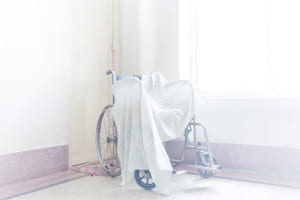

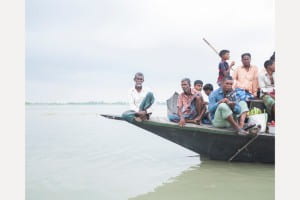
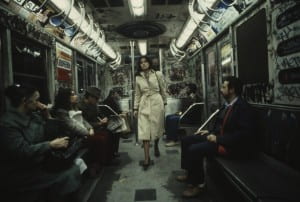
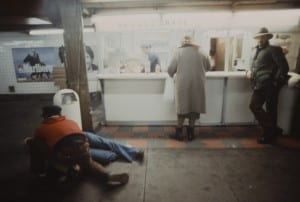
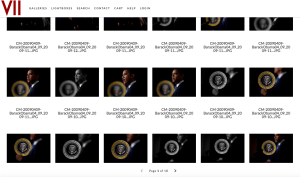
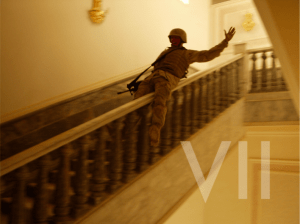
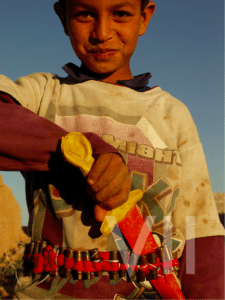
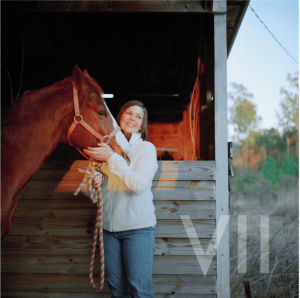
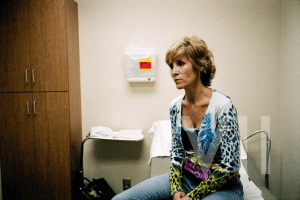
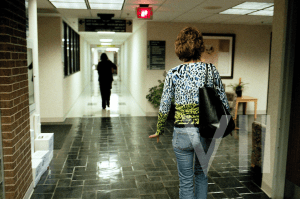





Recent Comments